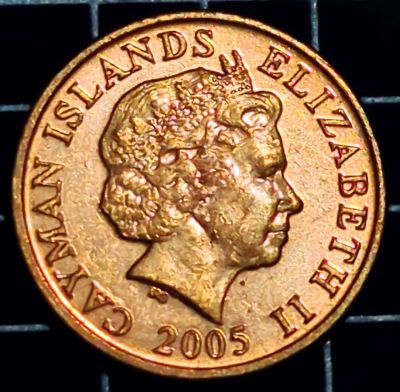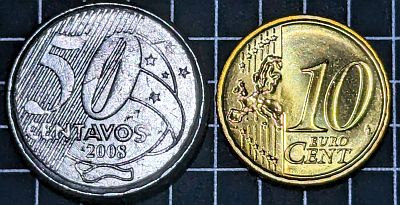A neat little bird from the Caribbean
The Cayman Islands are three islands with a total landmass of 264 km2 (102 mi2). The Cayman Islands lie in the Caribbean Cuba, Honduras, Jamaica and Mexico. It is believed the islands were first sighted by Christopher Columbus in 1503. The name Cayman came from “Caiman” or “Caymanas” both meaning “Crocodile” in nearby indigenous languages.
Similar to nearby Jamaica, the Caymans were originally claimed by the Spanish, but captured by the British in 1655. The Cayman Islands had been run semi-autonomously from Jamaica since 1670. In 1863 this arrangement was made official, lasting until 1959. Jamaica declared independence from the UK in 1962, but remained a Crown Colony, becoming what is now a British Overseas Territory in 1983. The difference is basically in the amount of autonomy from the United Kingdom.
The Cayman Islands today are considered a tax haven, due to not imposing corporate or personal taxes. Revenue is earned via tourist and work fees, financial transactions and import duties. The islands are otherwise popular for pristine beaches and weather.
Obverse

The obverse features the fourth crowned portrait of HM Queen Elizabeth II right, wearing the Girls of Great Britain and Ireland tiara, legend around, date below.
Reverse

The reverse features the Grand Cayman Thrush on branch beside denomination. Several people guessed this Mystery Coin from the newsletter. Congratulations though, to Michael Meckler who also gave us the scientific name of the bird: Turdus Ravidus.
The Thrush was a species endemic to Grand Cayman and found and nowhere else in the world. Common, when first described in 1886, it was already very rare by the turn of the century. The last reported sighting was in 1938, and it was declared extinct in 1967. Habitat destruction through deforestation and the compounding effects of hurricane damage are regarded as being the primary causes of extinction. The Cayman Islands currently supports 17 endemic subspecies of birds.

(Image credit: doe.ky)
Coin orientation
Several sites, including Numista, depict the reverse of this coin with the bird on a flat branch.
While that looks “neat” as far as the bird is concerned, I believe the correct orientation is with the number evenly vertical. This is for several reasons, and I point it out only to help others, not to shame anyone else. The coin does look a bit more “normal” with the branch flat, however:
- With the “1” straight up, the coin is more accurately “Medal” alignment (hold it top and bottom and rotate to see the other side).
- Looking at the “1”, the base and side form a neat right angle. Look at the Brazil 50 Centavos, and the Lithuania 10 Euro Cent coin (Little brother of the 20 Euro Cent coin featured previously). In both cases the numbers are slanted, but in both cases, the horizontal parts of the number (base of the “1” or top stroke of the “5”) are flat, indicating the correct orientation.

What’s a coin you’ve found with an unusual or hard to discern orientation? I do enjoy an interesting coin, so please do let us know!


Leave a Reply